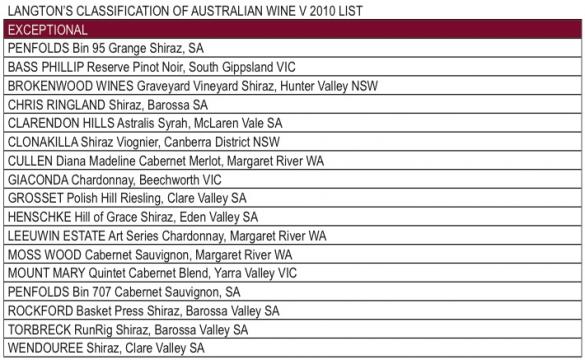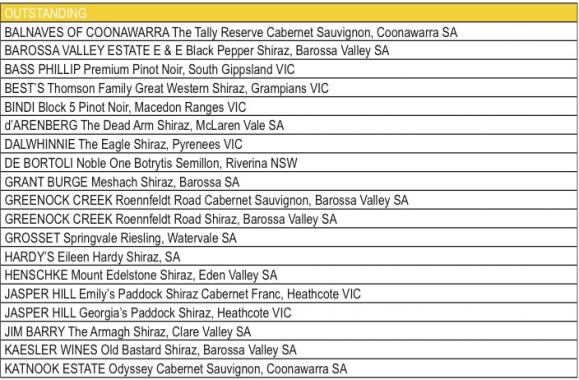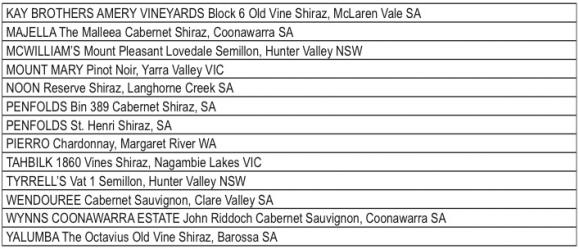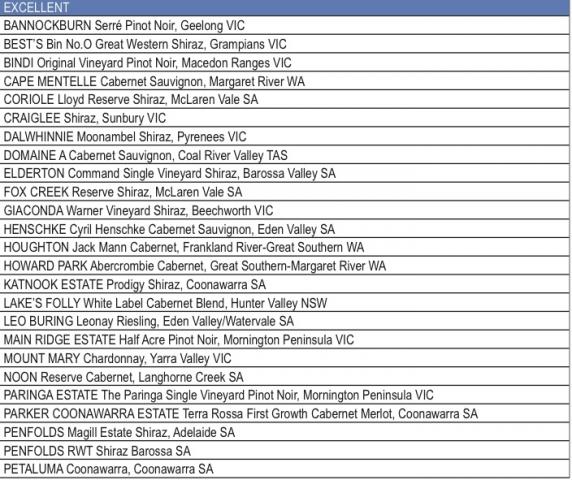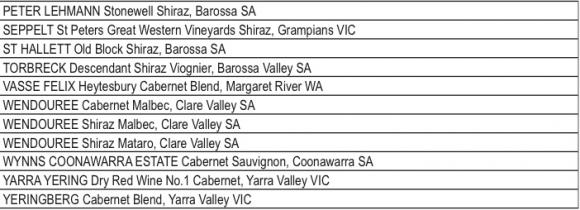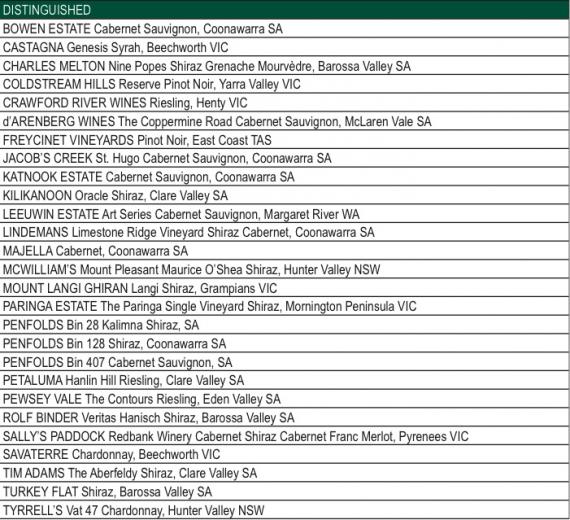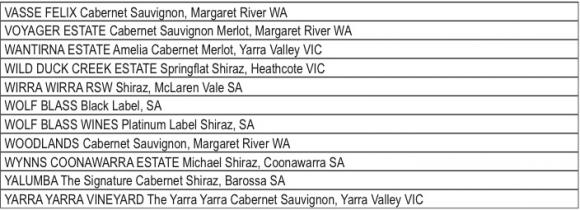Australian Wine - From the Sublime...
POSTED ON 18/10/2010Foster’s, owners of Penfolds in general and Grange in particular, has just announced that its Rosemount brand is to release a new Botanicals range that includes a sauvignon blanc infused with lemon and elderflower, chardonnay with green apple and cucumber, and pinot grigio with blood orange and rosewater. From 10,000 miles away, you can hear the groans of former chief winemaker Philip Shaw.
 Up a Gum Tree?
Up a Gum Tree?
Just as they did with Lindemans, whose brand is now composed of wines from different countries, it’s another example of Foster’s trashing one of Australia’s great wine brands. One shudders to think what they might do with Penfolds or Wynns, two great Foster’s-owned brands that have managed to maintain their integrity, not least because of the great work being done there by, respectively, Peter Gago and Sue Hodder.
 Stephen & Prue Henschke - No Fall of Grace here
Stephen & Prue Henschke - No Fall of Grace here
It’s all part of a desperate strategy to deal with Australia’s burgeoning surplus plonk which is estimated at more than a billion litres. It hasn’t helped that Aussie sales to Britain and the US, have continued to decline, with bottled wine to the US down 5 per cent to 148 million litres and British sales down 23 per cent to 119 million litres. Australian winemakers have clearly struggled to maintain export volumes as the Aussie dollar has reduced competitiveness against other New World producers in the US and South America.
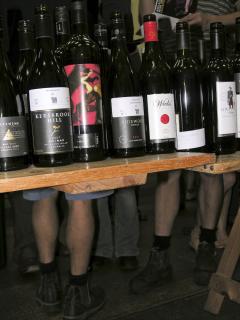 Fine Wine, Great Legs
Fine Wine, Great Legs
It’s hardly any great surprise then to see that Paul Henry and Lisa McGovern, who’ve been steering Wine of Australia from Oz and the UK, have both recently resigned. Not was it surprising to hear the forthright Dave Powell, of Torbreck', commenting on the new Rosemount range: "It sounds horrible and I doubt anybody is going to go from drinking this sort of thing to drinking fine wines”.
In fact anyone drinking this stuff could be forgiven for thinking that Australia doesn’t produce much in the way of fine wine and yet, as the fifth Langtons Classification of Australian Wine confirms, Australian fine wine has never been in better shape. Begun in 1990 as a list of the 34 most collected wines, the Langton's Classification has grown to include 123 wines ranked from exceptional, for ‘the most highly sought after and prized wines on the market’ through outstanding and excellent to distinguished.
 Whither Aussie wine?
Whither Aussie wine?
As its author Andrew Caillard MW points out: ‘the release of Langton’s Classification of Australian Wine V paints a positive picture for the Australian wine industry with 33 new listings – strongly indicating rising auction demand and increasing quality across the Australian wine industry’.
The classification, is compiled using secondary market data. For a wine to achieve a listing, it must have traction on the secondary wine market. Auction prices, track record and volume of demand are all considered. Released on 24 September, the fifth classification has increased in size by 22%, reflecting ‘ a growing interest in regional and single vineyard ultra-fine Australian wine. It also reflects a dominance of cellaring style red wines’.
 Jeffrey Grosset - An Exceptional Polish Hill Riesling
Jeffrey Grosset - An Exceptional Polish Hill Riesling
It comprises 58 shiraz/blends, 40 cabernet/blends, 10 pinot noirs and 15 white wines. Penfolds Bin 95 Grange Shiraz, as ever, heads up the list. The dominance of shiraz, including five new ‘Exceptional’ entrants, reflects the variety’s reputation for longevity and diversity of style, and brings the top category to 17 wines in total. According to Andrew Caillard, ‘the addition of Jeffrey Grosset Polish Hill Riesling to the highest ranking acknowledges and rewards a unique masterpiece’.
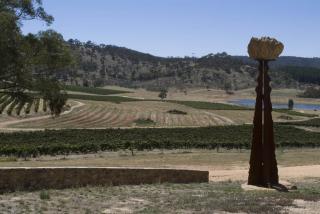 Dalwhinnie - Eagle Shiraz a New Entry
Dalwhinnie - Eagle Shiraz a New Entry
New names on the list include Bindi Block 5 Pinot Noir, Dalwhinnie Eagle Shiraz and Kaesler Old Bastard Shiraz, all rated outstanding. Between them, Penfolds and Wynns have 12 wines in the new classification. Lindemans does have its great Coonawarra Shiraz Cabernet, Limestone Ridge, in there in the Distinguished category. Rosemount on the other hand is conspicuous by its absence.
